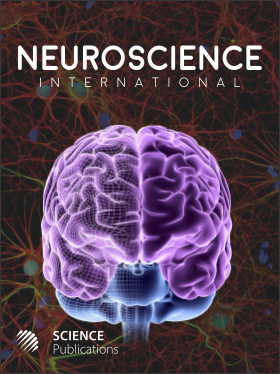Improved Application of Paraconsistent Artificial Neural Networks in Diagnosis of Alzheimer's Disease
- 1 University of Sao Paulo, Brazil
- 2 Federal University of Rio de Janeiro, Brazil
- 3 University Metodista of Sao Paulo, Brazil
Abstract
Problem statement: The visual analysis of Electroencephalogram (EEG) activity has shown useful as a complementary tool in Alzheimer Disease (AD diagnosis) when the diagnosis remains uncertain, in addition to be used in some clinical protocols. However, this analysis is subject to the inherent equipment imprecision, biological artifact, electrical records, and subjective physician interpretation of the visual analysis variation. The Artificial Neural Network (ANN) could be a helpful tool, appropriate to address problems such as prediction and pattern recognition. Approach: In this study, it was used a new class of ANN, namely the Paraconsistent Artificial Neural Network (PANN), which is capable of handling uncertain, inconsistent, and paracomplete information, for recognizing predetermined patterns of EEG activity and to assess its value as a possible complementary method for AD diagnosis. Thirty three AD patients and thirty four controls patients of EEG records were obtained during relaxed wakefulness. It was considered as normal patient pattern, the background EEG activity between 8.0 Hz and 12.0 Hz (with an average frequency of 10.0 Hz), allowing a range of 0.5 Hz. Results: The PANN was able to recognize waves that belonging to their respective bands of clinical use (theta, delta, alpha, and beta), leading to an agreement with the clinical diagnosis at 80% of sensitivity and at 73% of specificity. Conclusion: Supported by results, the PANN could be a promising tool to manipulate EEG analysis, bearing in mind the following considerations: the growing interest of specialists in EEG visual analysis and the ability of the PANN to deal in directly imprecise, inconsistent and paracomplete data, providing an interesting quantitative and qualitative analysis.
DOI: https://doi.org/10.3844/amjnsp.2011.17.27

- 9,354 Views
- 4,642 Downloads
- 8 Citations
Download
Keywords
- Electroencephalogram
- alzheimer's disease
- pattern recognition
- artificial neural network
- paraconsistent logic
- Paraconsistent Artificial Neural Network (PANN)
- EEG visual analysis
- paracomplete data
- qualitative analysis
